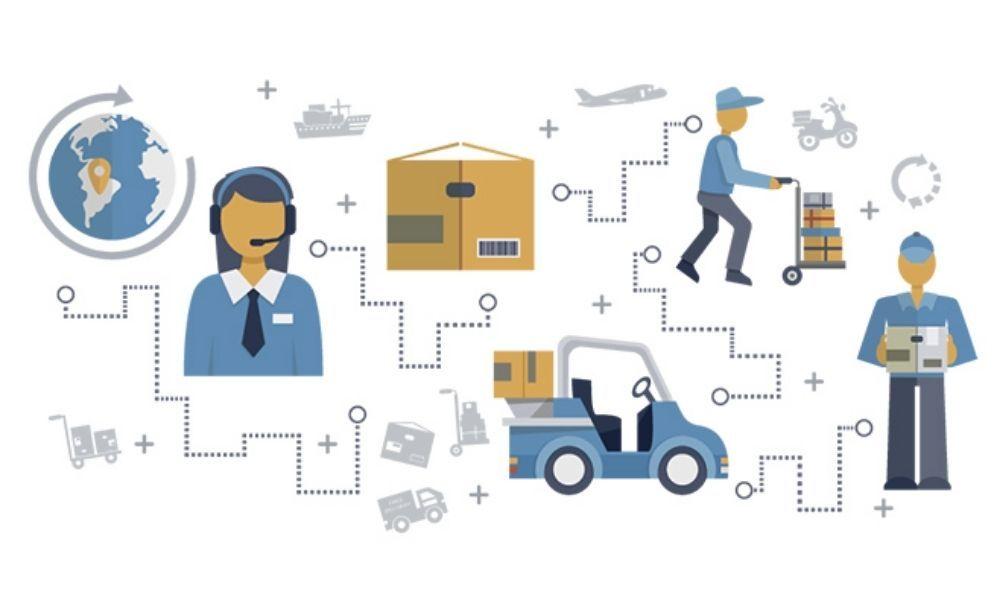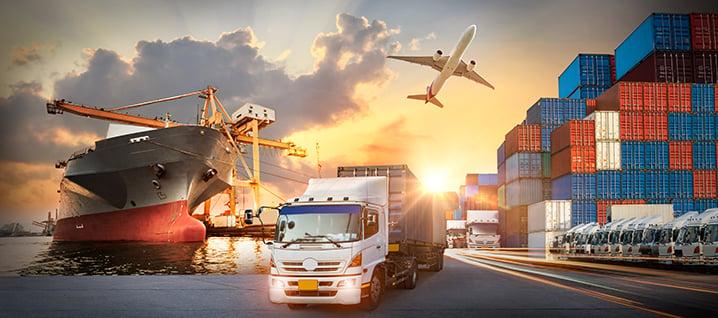In the fast-paced world of commerce, the seamless flow of goods from production to consumer is crucial. Fulfillment logistics, transport, and shipping are the unsung heroes behind the scenes, ensuring that products reach their destination safely and on time. Join us as we dive into the intricate web of processes and technologies that make this all possible, and discover the vital role they play in keeping the global economy moving.
Key considerations for optimizing fulfillment logistics
When optimizing fulfillment logistics, it is crucial to consider various key factors that can streamline the entire process and improve efficiency. One important consideration is the utilization of advanced technology such as warehouse management systems (WMS) and transportation management systems (TMS) to automate and optimize operations. These systems can help in tracking inventory, managing orders, and optimizing shipping routes, ultimately reducing costs and improving customer satisfaction.
Another key consideration is the strategic placement of fulfillment centers and warehouses to minimize shipping distances and reduce delivery times. By strategically locating facilities closer to major markets or transportation hubs, businesses can ensure faster order fulfillment and lower shipping costs. Additionally, implementing a multi-carrier shipping strategy can provide flexibility and reliability in shipping options, allowing businesses to choose the most cost-effective and efficient shipping methods based on customer needs and preferences.

Streamlining transportation processes for efficiency
In today’s fast-paced world, businesses are constantly looking for ways to streamline their transportation processes to improve efficiency and reduce costs. One key aspect of this is optimizing fulfillment logistics to ensure timely delivery of goods to customers. By leveraging technology and data analytics, companies can track shipments in real-time, identify potential bottlenecks in the supply chain, and make data-driven decisions to improve overall performance.
When it comes to transport and shipping, companies can benefit from implementing innovative solutions such as route optimization software, automated warehouse systems, and advanced tracking devices. By investing in these tools, businesses can minimize shipping times, reduce fuel consumption, and maximize resource utilization. Ultimately, by streamlining transportation processes, companies can enhance customer satisfaction, increase operational efficiency, and gain a competitive edge in the market.

Best practices for international shipping strategies
When it comes to international shipping strategies, there are a few best practices that can help ensure smooth fulfillment, logistics, transport, and shipping processes. One key strategy is to partner with trusted carriers and logistics providers who have experience in handling international shipments. By working with reliable partners, you can minimize the risk of delays, damages, and other issues that can arise during international shipping.
Another best practice is to streamline your shipping processes by centralizing your fulfillment operations. By consolidating your inventory in strategic locations and optimizing your order fulfillment workflows, you can reduce shipping costs, improve delivery times, and enhance the overall customer experience. Additionally, utilizing advanced shipping technologies and tools can provide real-time visibility into your shipments, allowing you to proactively address any potential issues that may arise.

Maximizing cost-effectiveness through supply chain management
Supply chain management is a crucial aspect of any business looking to maximize cost-effectiveness. By optimizing fulfillment, logistics, transport, and shipping processes, companies can streamline operations and reduce costs. One key strategy for achieving this is through efficient inventory management. By ensuring the right amount of stock is available at the right time, businesses can avoid overstocking or stockouts, leading to savings on storage and carrying costs.
Another way to enhance cost-effectiveness is by utilizing technology in supply chain management. Implementing automated systems for tracking and monitoring shipments can help businesses identify inefficiencies and bottlenecks in their supply chain. By leveraging data analytics and real-time visibility, companies can make informed decisions to improve overall efficiency and reduce unnecessary expenses. Ultimately, by focusing on optimizing supply chain processes, businesses can drive down costs while improving customer satisfaction and competitiveness in the market.
To Conclude
In conclusion, fulfillment logistics, transport, and shipping play a crucial role in ensuring products reach customers in a timely and efficient manner. By carefully managing inventory, selecting the right transportation methods, and optimizing shipping processes, businesses can streamline their operations and provide a seamless experience for their customers. With the constantly evolving landscape of e-commerce and retail, staying ahead of the curve in fulfillment logistics is essential for success in today’s competitive market. Thank you for exploring this topic with us, and we hope you continue to strive for excellence in your own shipping and logistics endeavors.